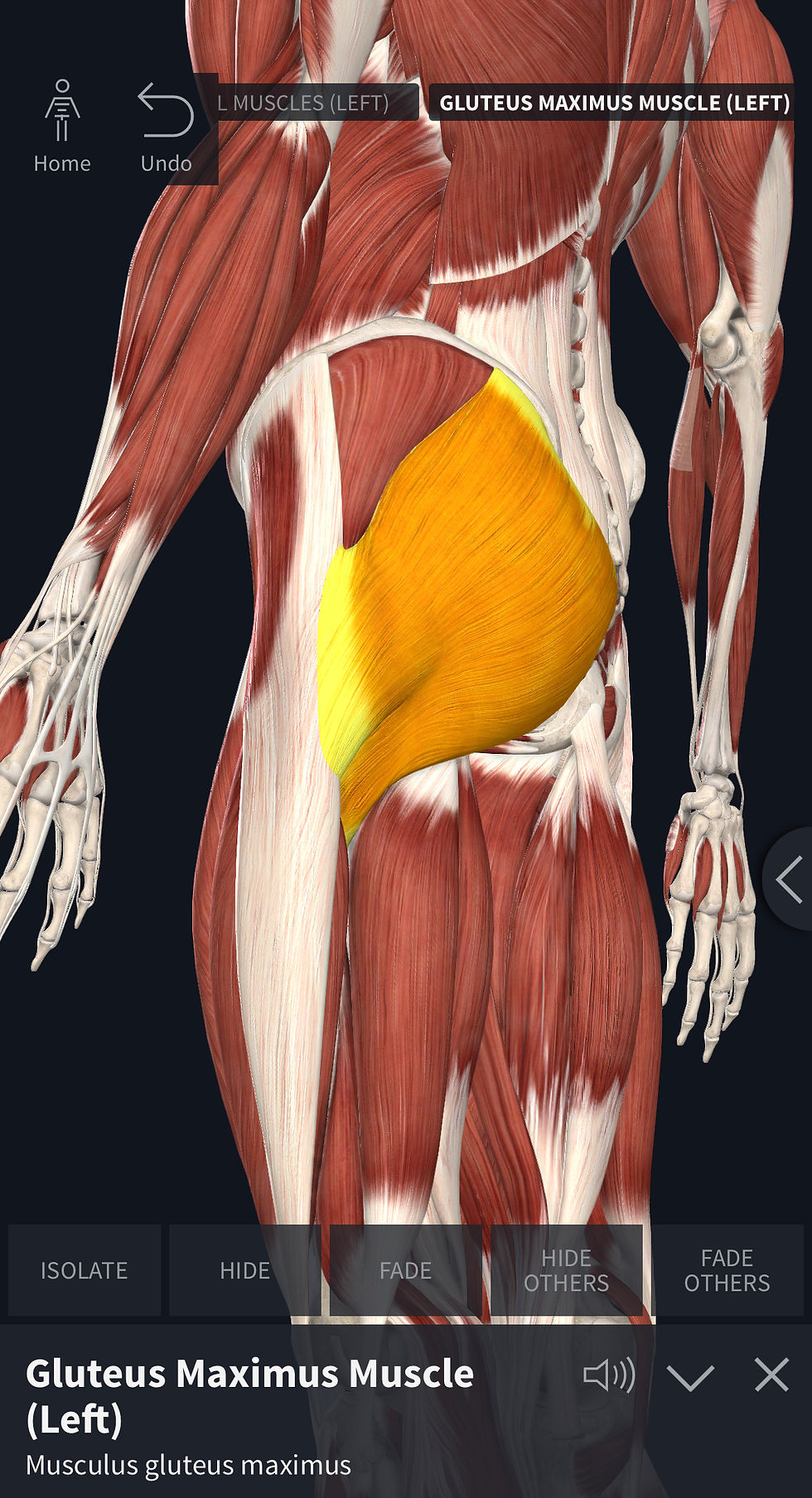3 Must Try Strength & Conditioning Exercises
- 13jonpauldennis
- Feb 4, 2023
- 4 min read
#Strengthandconditioning #Speedtraining #Coretraining #hipstrenghting #athletictraining #Sportsperformance #football #basketball #soccer #Volleyball

If you compete in sports, these three exercises below for your hips and core will help you squat more weight, build resistance against lower body overuse injuries, Run faster, Jump higher, and improve your overall athleticism.
Assuming you have scrolled down to see the video's already. You're probably thinking, how can a mini band help you jump higher, run faster, and squat more weight? I mean, what"! No Barbell Quater Jump Squats, Weight Vest, Vertimax, Sleds, or Bungee cords? Don't get me wrong; I also love those exercises and Specialty equipment! If you compete in sports, these three exercises below for your hips and core will help you squat more weight, build resistance against lower body overuse injuries, Run faster, Jump higher, and improve your overall athleticism. However, I want to back up and focus on what is essential in all sports. The answer? Movement! Not just exercise but the quality of training. When we observe a gifted or even professional athlete, we can see that their action is consistent and looks effortless.
At Dominate My Sport, It's been our experience that some movement inconsistency often keeps an athlete from reaching their potential in speed, Jumping, change of direction, or strength. For example, someone may not be able to squat a specific amount of weight or achieve a certain depth in front squat due to a lack of joint capacity/Mobility in ankles or hips, lack of stability in the lumbar spine, lack of anterior core strength/stability, lack of shoulder mobility to support the barbell, Weak Glutes, Tight Psoas or lack of strength in the lower leg muscle that supports the arch of the foot. The same is true for Jumping; weakness of specific muscles in the lumbopelvic hip complex can hinder the proper depth from loading your hips and jumping higher or Squatting more weight. How is this possible? It's because everything is connected! No, this is not wishful thinking, nor am I trying to be mystical, deep, or mysterious.
There was a song recorded and written in 1928 by James Weldon Johnson called "Dem Bones," "which is spiritual based on the Old Testament Book of Ezekiel and his vision of the valley of dry bones." Here's how the song goes. Stay with me! "The tune's chorus, sung in harmony, was catchy – "Dem bones, dem bones, dem dry bones" – and its famous first verse offers a simple anatomy lesson.
" The toe bone connected to the foot bone
Foot bone connected to the heel bone
The heel bone connected to the ankle bone
The ankle bone connected to the leg bone
The leg bone connected to the knee bone"
So it goes all the way up to the "head bone."
How are bones connected? Here's a principle to consider. Bones connect through ligaments/connective tissue, Muscles are attached to bones by tendons and connective tissue. If a muscle or several muscles are connected to a bone/joint, then it moves it. The musculature of the hip, pelvis, and lumbar spine can influence knee and ankle movement.
For example, your gluteus maximus, gluteus medius, gluteus minimus, tensor facia lata (TFL), and Vastus lateralis muscles are directly related to your Iliotibial Tract (ITB). The ITB has attachments to your lower leg bone called your tibia, located below the patella (knee cap.)







These muscles together impact two joints, the hip, and knee. Any imbalance of these muscle groups can affect the quality of your movements required in sports. Our athletic training program is about helping you increase movement efficiency within the context of sports performance in addition to increasing strength, speed, and explosiveness. Sports training is designed to maximize your strength while helping you overcome your weaknesses and lowering your risk of injury to compete with consistency in each sport.
If you feel like you have tight hips and have trouble squatting, jumping, landing, or changing directions, these exercises will be a great place to start improving general mobility and stability issues of the Hip, Core, and Knees. The purpose of the activities is to engage the stabilizer muscles more frequently to support the larger muscles in generating force better.
Exercise 1
Purpose:
Strengthening of all three glute muscles
Improve hip extension (Influence our Sprinting, jumping, and changing directions)
Hip and pelvic Stability (Influences our balance when we stand on one leg)
Sets & Reps:
3 x 15 reps (At least twice a week)
Exercise 2
Purpose:
Strengthening of the all Quadriceps muscle especially the rectus femoris and hip flexors
Improve hip Flexion (Influence our running and lifting our knees up, Squatting, and Lunging
Hip and pelvic Stability (Influences our balance when we stand on one leg)
Sets & Reps:
3 x 15 reps ( At least twice a week)
Exercise 3
Purpose:
Strengthening of the Muscles of the Core & Hips ( Especially glute max, hamstrings, and Hip Flexors)
Improve hip Flexion and Extension
Improve Core & pelvic Stability
Sets & Reps:
3 x 15 reps ( At least twice a week)
.jpg)
Great content and all true. I just wish families paid more attention to the long term athletic development and care of their young athlete